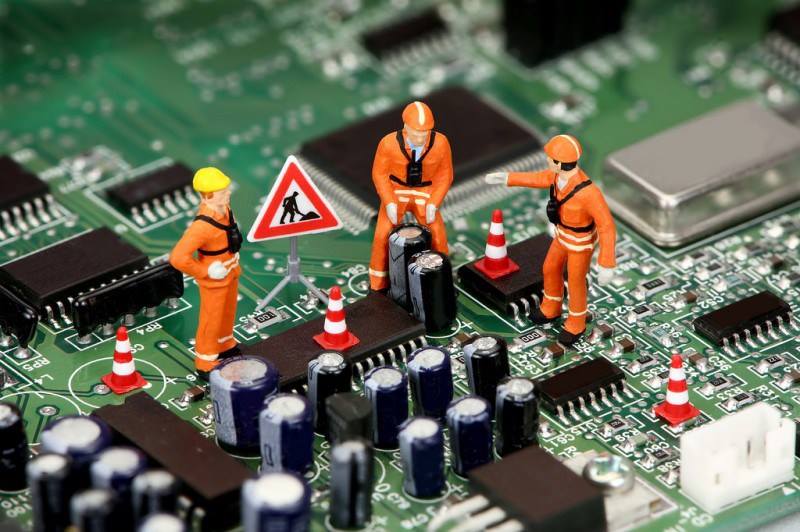The Production Process for Conformal Coating
The conformal coating process for PCBs involves eight steps: Cleaning, Priming, Masking, Application, De-masking and Finishing, Drying and Curing, Inspection, and choosing Coating Chemistries, ensuring optimal coating performance.
The production process for conformal coating goes through eight steps. Each step is related to how effective, reliable, and efficient the coating will be on a printed circuit board (PCB).
1. Cleaning
Cleaning is the initial stage of the procedure that gets rid of residues from operator handling, soldering, machine strain, and environmental contamination. Among the cleaning methods are:
Aqueous Chemistries: This method cleans the board using water-based solutions.
Solvent Cleaning: This method uses solvent-based chemicals for contaminant removal.
Plasma Cleaning: Effective cleaning of the board surface is done using ionized gas.
Validation tests for cleanliness are equally important, and these include:
Ionic Contamination Testing
Ion Chromatography
Surface Insulation Resistance
2. Priming
The primer application involves the application of a preparatory coating over the board, enhancing adhesion and forming a binding layer for the applied conformal coating. The need for priming is variable and dependent upon the type of resin used:
Acrylic and Polyurethane: These coatings are wet and generally adhere satisfactorily to most substrates without the use of a primer.
Silicone Conformal Coating: This coating usually needs primers to promote a successful coating operation.
Parylene Coatings: Priming involves either the gas phase or liquid processes.
3. Masking
Masking is used to protect particular board components and areas from being coated. Of course, this is required since the coating functions as an insulator. Some typical masking materials are:
Masking Tapes, Dots, and Shapes
Liquid Latex
Masking Boots
The type of masking material one chooses depends on the application and must be selected to ensure masking does not fail.
4. Application
Conformal coating can be applied by brushing, spraying, dipping, and vapor deposition. All these methods are chosen based on the requirements of the coating and the board.

5. De-masking and Finishing
After application, the masking materials are removed. The finishing processes ensure the following:
Quality of Coating
Prevention of Masking Leakage
Verification of Standards
Prevention of Coating Defects
The identified defects are repaired before proceeding to the next step.
6. Drying and Curing
It is important to understand that drying is not the same as curing. The difference is as follows:
Drying: The time it takes for the PCB to become safe for operator handling, which might range from a few minutes to many days.
Curing: This step ensures the coating attains its preferred electrical and mechanical properties to protect the board during operation.
These are the cure mechanisms developed to effect the cure, such as:
Heat Cure
Moisture Cure
UV Cure
Catalytic Cure
7. Inspection
The most critical step in inspection is to ensure coating quality against the standards. This consists of:
Manual Inspection
UV Lamp Visibility
Automated Optical Inspection (AOI)
8. Conformal Coating Chemistries
Available chemistries are based on requirements, which include:
Acrylic (Organic Liquid):
Easy rework
Easy drying
Good moisture resistance
Easy viscosity adjustment
Polyurethane (Organic Liquid):
Dielectric Properties
Abrasion resistance
Solvent resistance
Good moisture resistance
Epoxy (Organic Liquid):
Good dielectric properties
Higher Tg, glass transition temperature
Effective at 150℃
Good abrasion resistance
Silicone (Inorganic Liquid):
Stable over a wide temperature range
High Tg
Resistance to solvents
Good dielectric strength
Hot Tags:
Contact us

If you can't find what you're looking for, please contact us.

